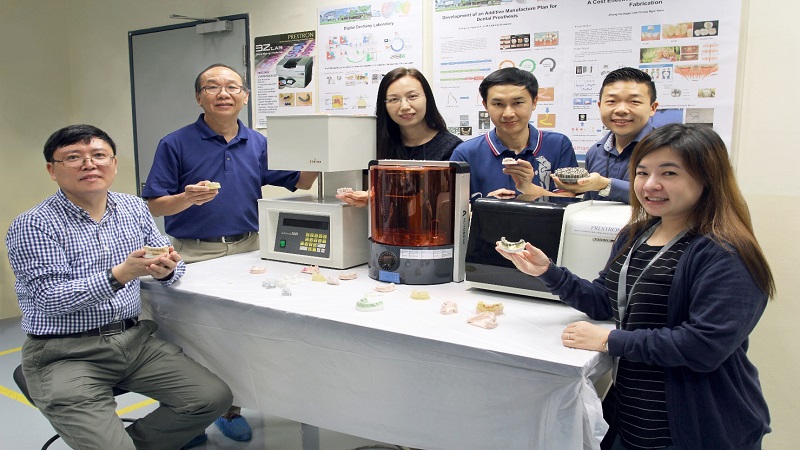
Temasek Polytechnic, a university in Singapore, is developing a new technique for better, faster, and cheaper Dental Crowns and Bridges, as a result of 3D printing. The technique involves creation of a traditional impression that is then turned into a form, which is scanned to create a digital model and in turn, the mold for shaping the exterior and interior metal form to attach the prosthetic to the receiving tooth.